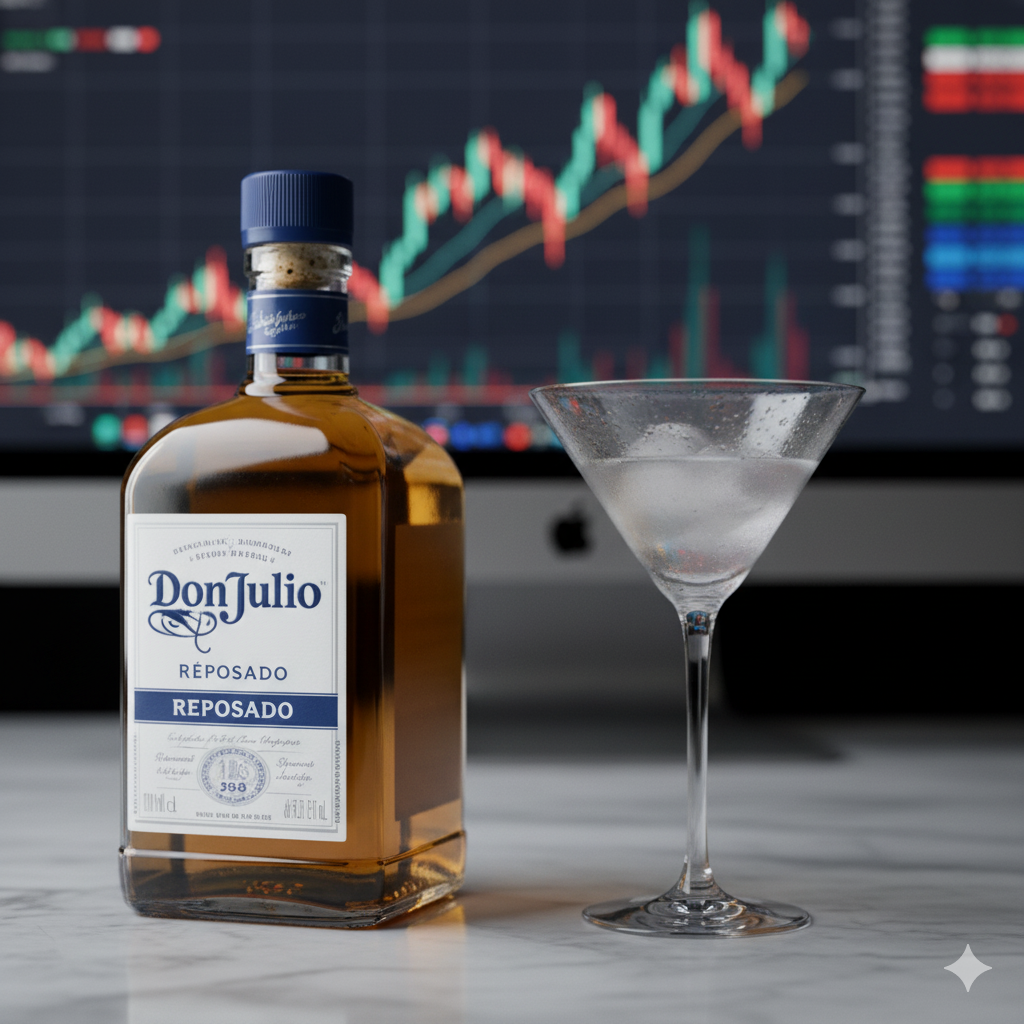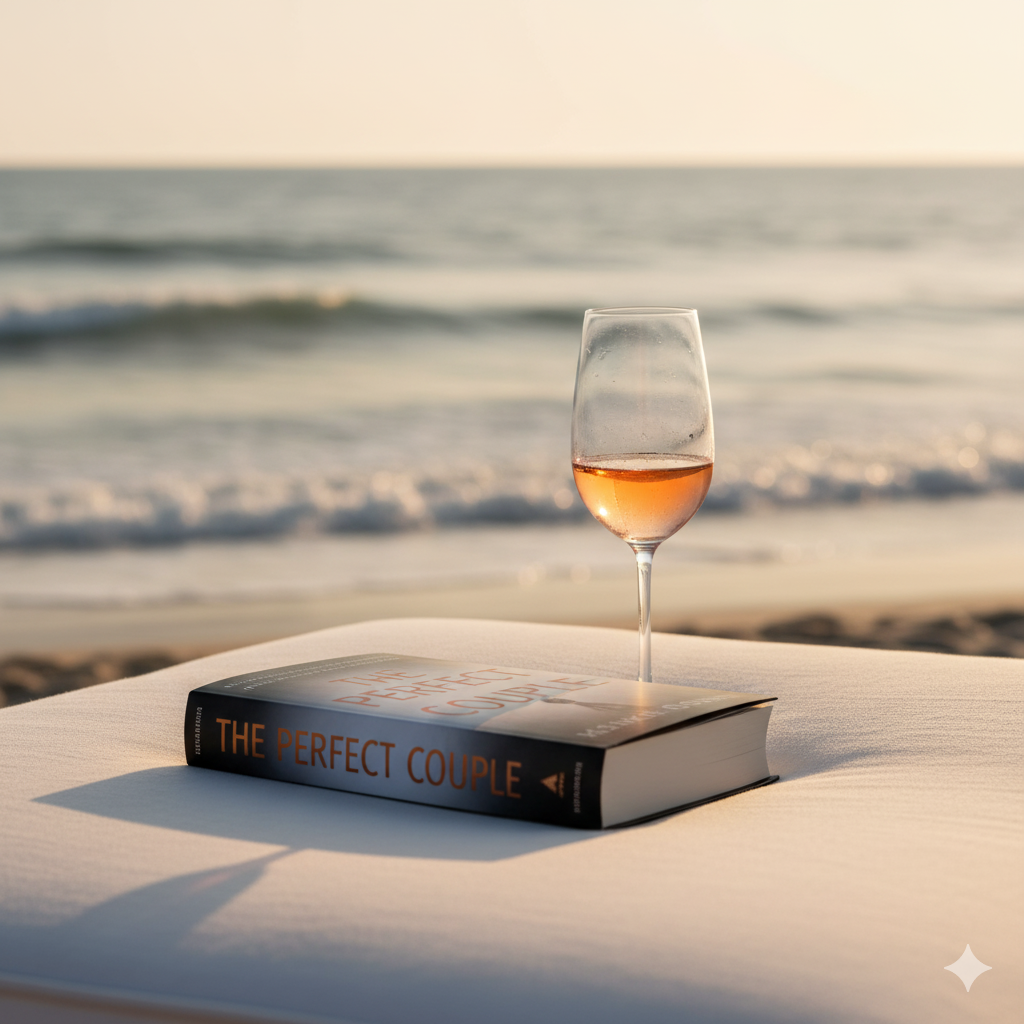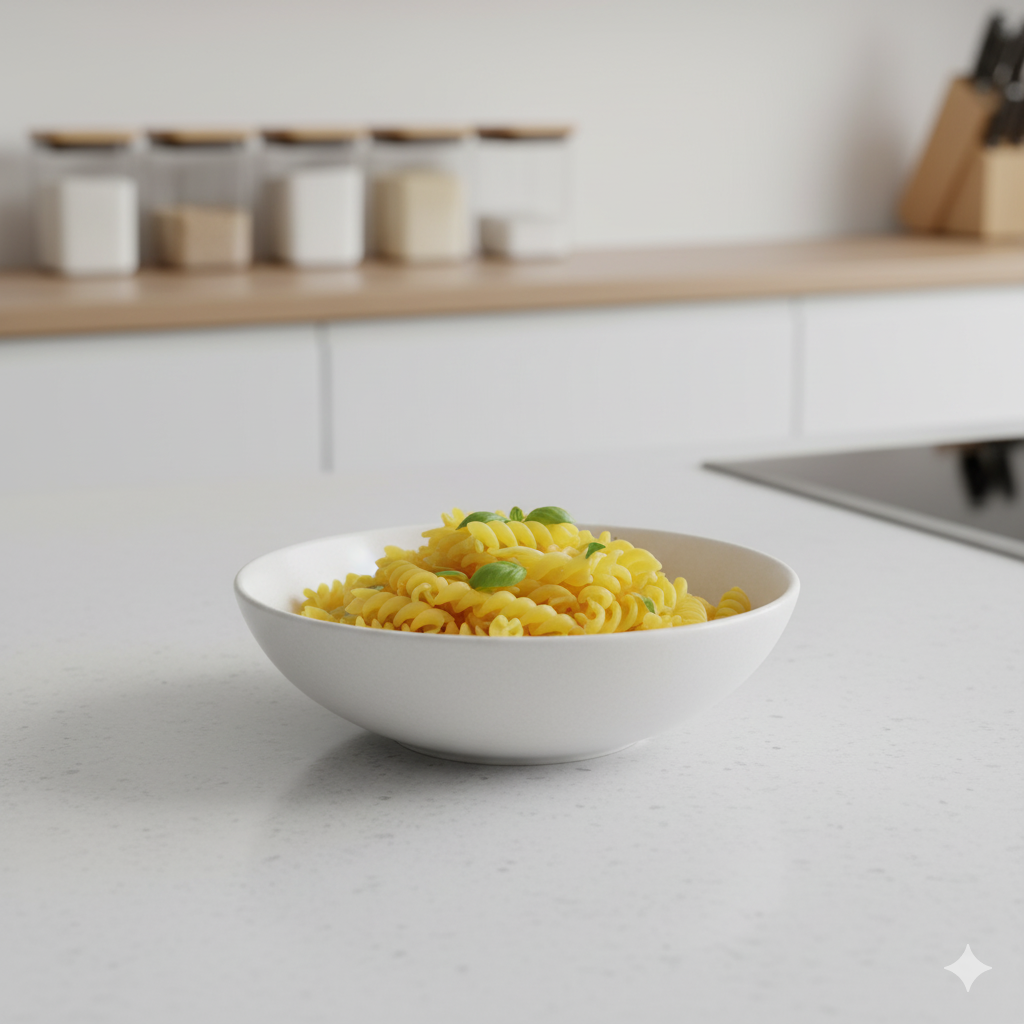Every asset class, from mortgage-backed securities to high-end agave spirits, operates on an invisible scale of value. Don Julio is no exception. Furthermore, to those standing outside the velvet rope, all tequila is just ethanol and marketing. They are wrong. Consequently, the real money—the money that understands arbitrage—sees a definitive hierarchy, a social index where the price tag is merely the entry fee.
Moreover, Diageo’s acquisition and strategic positioning have cemented Don Julio as a dominant force. Brand valuation reports consistently rank Don Julio among the strongest spirits brands globally. Therefore, this piece is not about tasting notes; it’s about breaking down the balance sheet and understanding where the true premium—and the true signal—is found in the full portfolio.
The Blanco Index: Purity and the Liquidity Test
The Don Julio Blanco is the unaged, unvarnished base—the liquid equivalent of raw data. It has spent two weeks max in stainless steel before bottling. Market data shows that the Blanco segment dominates the tequila market, making it the most liquid expression by volume. Furthermore, its clean, crisp profile is essential for mixology, making it a critical asset in the bar community.
However, the value signal here is subtle. Those who order Don Julio Blanco are not looking for the easy status; they are looking for uncompromised quality where flavor integrity cannot be masked by oak or color. Consequently, the purist demands the Blanco because it is the most transparent. It’s the least leveraged asset in the portfolio.
The Cost of Immediacy
The lower cost of the Blanco reflects the minimal time and barrel investment. Moreover, this low entry point makes it accessible, but the *way* you order it—neat, cold, with a specific, high-quality garnish—is the true tax of status. True insiders demand perfection in simplicity.
Measuring the Agave Yield
All expressions of Don Julio start with 100% Blue Weber Agave from the Jalisco Highlands. Furthermore, the dedication to slow-cooking in traditional ovens is the crucial fixed cost that elevates even the Blanco above its competitors. This commitment to the source is the unassailable moat.
The Reposado Valuation: The Risk-Adjusted Return
The Reposado, aged for eight months, is the market darling—the core investment. Reposado tequila is the second most consumed globally and is projected for continuous growth. Consequently, it offers the perfect risk-adjusted return on flavor: enough aging to smooth the bite but not so much as to overcomplicate the profile. *It is the balanced portfolio choice.*
Furthermore, in the Hamptons, ordering the Don Julio Reposado signals a confident middle ground. It says, “I understand the need for quality, but I don’t need to shout about it.” This makes it the ideal spirit for closing deals at the yacht club. Its value proposition is stability and essentialism.
The Sweet Spot of Time
Eight months of aging is precisely where the equilibrium is found. Moreover, any less, and you lose the complexity; any more, and you begin to lose the agave’s signature high-note. This precise timing reflects the discipline required for successful trading. Patience is a premium.
The Añejo Premium: The Luxury Tax on Time
When we move to Don Julio Añejo (aged 18 months) and its ultra-premium extensions, we enter the world of luxury taxation. This is where the price curve steepens not linearly, but exponentially. The Añejo is a declaration of capital. The high-end premium segment is projected to grow significantly, driven by the perceived exclusivity of these aged products.
However, the Añejo is often a purchase of spectacle over pure flavor utility. The prolonged barrel time imparts deep caramel and vanilla notes, transforming the profile toward a dark spirit like a high-end cognac. Consequently, the buyer pays a **premium for the time commitment** and the resulting exclusivity, which is a key status driver. Understanding this status signaling is critical to navigating high-net-worth circles.
The 1942 Phenomenon: Marketing Leverage
Don Julio 1942 is the market’s true outlier. It is aged for a minimum of 30 months. Furthermore, its iconic, elongated bottle is a piece of marketing genius—a physical signal of expenditure that dominates any table. *It is the ultimate performance art of wealth.*
The price-to-quality ratio of the 1942 is heavily influenced by non-liquid factors: celebrity endorsements, bottle service ubiquity, and cultural cachet. Consequently, this expression serves as the brand’s primary marketing lever, pulling the entire Don Julio portfolio up the status ladder. It is proof that perception drives valuation.
Conclusion: Finding the Arbitrage in Don Julio
The savvy investor doesn’t blindly buy the most expensive label. They look for the arbitrage. For most occasions, the Reposado or even the Blanco offers the highest value-to-status ratio within the Don Julio line. Furthermore, you pay for the Diageo guarantee of quality, the consistency, and the global cultural acceptance.
However, when the stakes are highest, the **1942** is a necessary expense. It’s a non-verbal down payment on respect, a clear signal that you operate at the highest possible tier. Choose your expression based on your strategic goal, not your thirst. Consequently, understanding the Don Julio hierarchy is simply understanding the fluid market of luxury itself.
Are your marketing dollars generating this level of calculated status? If the answer is no, then you are losing value daily. Align your brand with our precise analysis of the luxury sector. Click here to inquire about our bespoke advertising partnerships and position your product alongside content that defines the financial elite.
The Liquidity Ladder: Quick Reference
- Blanco: High Liquidity, Purest Agave Signal.
- Reposado: Optimal Balance, Risk-Adjusted Status.
- Añejo: High Price, Time-Heavy Luxury Tax.
- 1942: Pure Spectacle, Non-Liquid Marketing Value.
The lesson is simple: know the market, know the assets, and never confuse the product’s cost with its true valuation. Don Julio provides the perfect case study in a perfectly segmented luxury portfolio.
Related Articles You Can’t Afford to Miss:
- Don Julio Reposado: The Ultimate Status Sip for the Elite
- Exclusive Hamptons Events You Can’t Just Google







